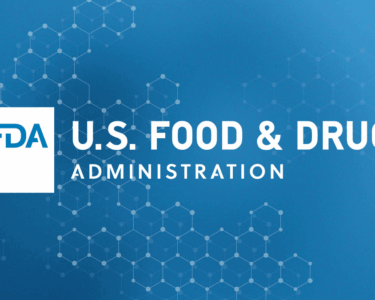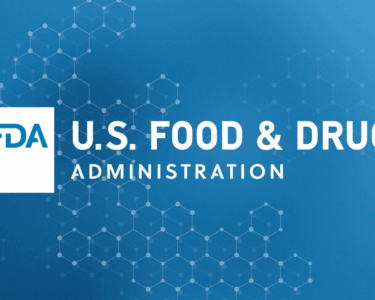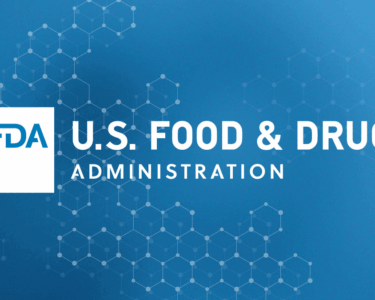
The metabolism of clostebol after oral and transdermal applications was described. Ten metabolites were detected after oral administration (M1–M10), but only five (M1–M4 and M9) could be detected after transdermal applications. The use of concentrations of any metabolite is rather difficult; instead, the ratios between M4 and M1 showed plausible results to discriminate between both administrations under the conditions described here.
ABSTRACT
The accidental contamination by the use of transdermal applications of clostebol acetate has been proven by the monitoring of its main urinary metabolite 4-chloro-3α-hydroxy-androst-4-en-17-one (M1). This work is aimed at describing clostebol metabolism in humans and at searching for specific metabolic markers or concentration thresholds allowing for distinguishing between an oral and a transdermal administration, helping to set up adequate criteria to be adopted by the antidoping community when incidental contamination is suspected. Urine samples were collected after the administration of a single dose of clostebol acetate orally (n = 3, males), a single transdermal dose (n = 1, male), and multiple transdermal administrations (n = 3, males, and n = 3, females). After enzymatic hydrolysis, liquid–liquid extraction, and the formation of trimethylsilyl derivatives, the samples were analyzed by gas chromatography coupled to tandem mass spectrometry and time-of-flight mass spectrometry. The metabolism of clostebol after oral and transdermal applications was described. Ten metabolites were detected after oral administration (M1–M10), but only five (M1–M4 and M9) could be detected after transdermal applications under the assay conditions applied. The use of concentrations of any metabolite might be difficult because of the interindividual variability in absorption, metabolism, and/or excretion. Instead, the ratios between M4 and M1 showed plausible results to discriminate between both administrations under the conditions described here. The intentionality of the use of one or other route of administration cannot be assessed.



